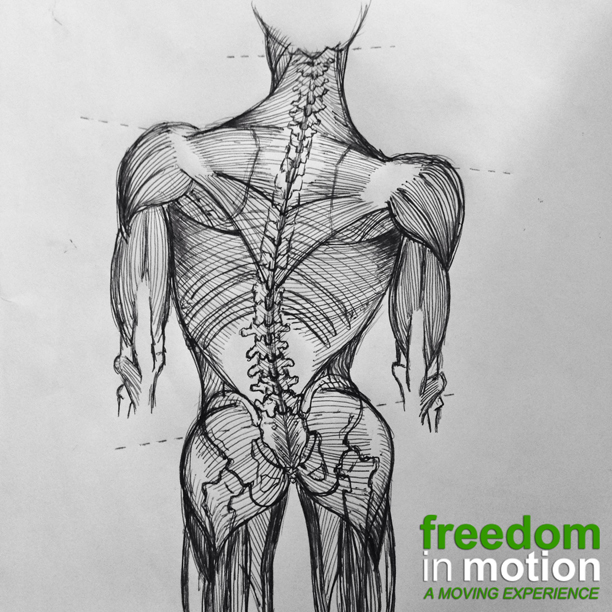Explore and Restore
Explore and Restore
An individuals movement patterns will adapt to accommodate for the experience of pain, injury, surgical incision, modification, inefficiency, or danger. The clever body gets by, avoiding movement into spaces that are perceived as a threat or that may aggravate tissues/stuctures requiring rest and repair.
After the pain or tangible threat is gone, and tissue/structure is healed, whats left?.. A body that continues to move around a perceived threat, altering motor control and creating a new perceived movement pattern efficiency. Spaces are left unexplored, leaving limitations in movement potential to persevere.
A once necessary evasion of motion for a time of healing left to linger may place extra demand on other areas of the body, potentially creating other new issues.
New postural adaptations may evolve. Tissues that once rested balanced and calm, may find themselves stuck long or short, experiencing persistent tension and unable to access a centred resting place. Structures that required an element of mobility in a movement pattern may adopt rigidity, and visa versa. A limb that could once accomplish its share of work to perform a movement task, may be carried by the extra work of another limb.
A new efficiency is born out of necessity, and may be perceived the most efficient until explored otherwise.
So how do we open up these spaces? How do we convince the nervous system to grant us permission to access the motion and movement potential that was once labelled a threat?
With exploration.
We can continue to move around our limitations, or have someone shine a light on these dark spaces and slowly explore them. Give the body a greater experience of itself, and upgrade the map of whats available and safe. So long as we are not moving into pain, little bit by little bit, we can make these once threatening spaces feel safe again.
Explore and restore



